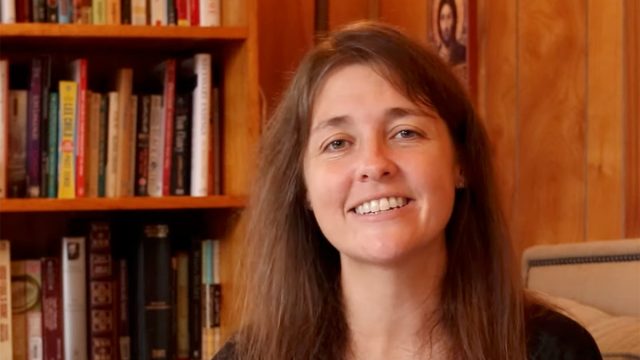She Dropped 80 Pounds By Ignoring Everything Weight Loss Experts Told Her
You might think you know all the tricks to losing weight, but according to one influencer, there's a good chance you are wrong. Kayla Cox is a weight loss influencer and founder of Six Miles to Supper, instructing her followers "how to lose weight sustainably and keep it off for good," she writes in her bio. In a new viral post, she reveals "five weird tricks" that helped her lose 80 pounds.
"I grew up with a weight problem. I was always trying to lose weight. I was like on every diet. By the time I was 30, I had listened to all the diet and weight loss advice there was. And what actually helped me, in many cases, was to take that advice and flip it around, and that's when I had better success," she says in the clip.
Banish Deadlines
Number one is the idea of banishing deadlines. "Most goal setting advice is to be smart, to make your goal specific and measurable and attainable and relevant and time-bound, and they always harp on time-bound. You need to have a deadline because if you don't have a deadline, then you're just going just never to do it," Kayla says in the video.
She Still Sets Goals Without Deadlines
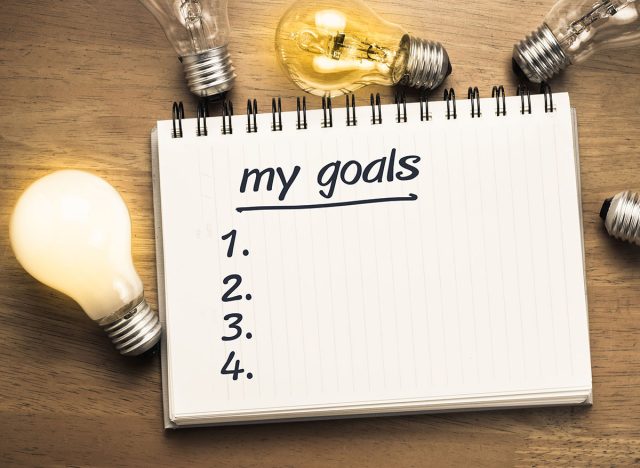
However, she realized that when she set deadlines, they were "completely ridiculous" and "too aggressive," and she could never meet them. "I was expecting myself to lose like five pounds a week and be done with the whole weight loss journey in a few months. And so what would happen is I would make the thing really difficult, and it would be too difficult. I couldn't sustain it. Then, what would happen is that I would fall for the goal and then quit. And each time this happened, it made it harder and harder and harder to attempt weight loss again," she says, calling the process "really demotivating." So, she stopped deadlines and decided to keep going until she reached her goals.
"It doesn't matter to me if it takes years," she says. "I'm not quitting until I get to my goal weight. And when I did that, what was great was all of a sudden, I could be a lot more realistic with myself, and I could relax. And I was okay with me making mistakes because I knew like, 'Oh, it's no big deal because eventually I'm gonna figure this out.'"
RELATED: Weight Loss Coach Lost 30 Pounds After Starting to Eat More Potatoes
Stop Telling People You Are Trying to Lose Weight

The second thing she did was she stopped telling people she was going to lose weight. "In the past, I used to talk about it all the time. I would tell everybody, 'I'm on a diet right now. I can't have that.' And that never really worked out well for me," she admits.
"The reason I didn't tell anybody I was trying to lose weight was because I was embarrassed, and I was really scared of people knowing that I was trying to lose weight because I knew that was going to bring more attention to me, and I really didn't want that. I also was afraid that if I told people I was trying to lose weight, then, you know, they'd be watching me closer, and maybe they would watch me fail. And I knew from personal experience that sometimes, when you tell people that you're trying to lose weight, there are two ways it can go. And neither one is helpful. One way it can go is people can try to convince you you don't really need to lose weight," she said.
"On the flip side, I knew some people can be very discouraging. They mean well, but you know, they might tell me things like, oh, it's just, you know, basically impossible to lose weight at your age."
Keeping It Private Allowed Her to Build Her Own Plan
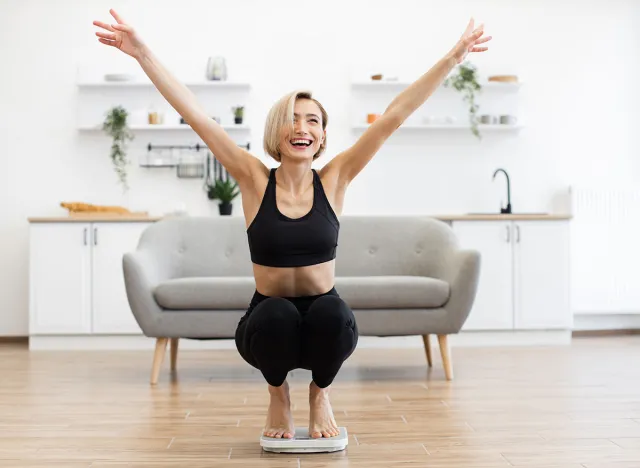
"I decided to keep it private, and I'm so glad I did. It gave me that freedom to just build my own plan, and because I didn't tell anybody what I was doing or anything, nobody was trying to critique what I was doing and say, 'You should be doing this and this and that instead of doing it that way.' I knew myself pretty well at that time. At that time, I would've listened to him. I would've just gone and done the other thing because I wasn't in the habit of sticking with anything," she says. "By the time people did start to notice that I was losing weight, I was pretty confident in my plan, and even though people still offered unsolicited advice, trying to tell me like, 'You should cut out carbs and you'd have much faster success,' things like that, I just decided to keep doing it my own way. And that was helpful because I continued doing sustainable things."
I Took a Day Off Every Week
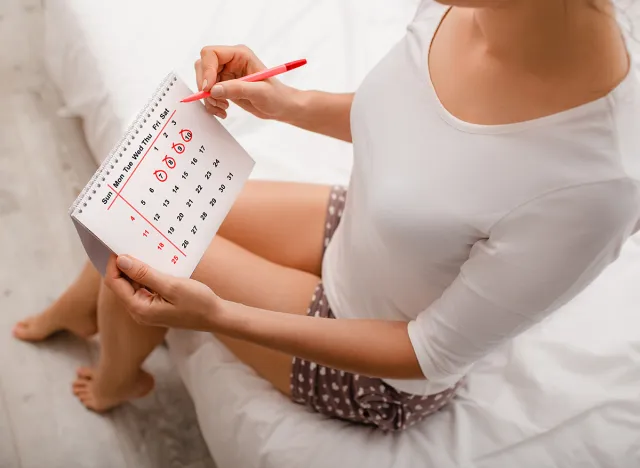
"The third thing I did that was weird was I took a day off every week," she says. "I had always heard you got to stick to the plan, and you just got to be on it. You're just on it. And that's just all there is to it," she says. However, she heard that "if you take a day off every week, you're much more likely to stick with your plan."
RELATED: I Ran 200 Marathons and These 12 Running Rules Changed My Life After 40
She Now Knows How to Go Off and On Her Plan

"In the past, I knew that I was in the habit of being on a plan, never taking a break, and then finally, I would just break, and then I could never get back on plan it," she says. "I had this all-or-nothing mentality. Taking a day off every week just got me in this really great practice of learning how to go off plan and then get back on plan."
She Averaged Her Weight
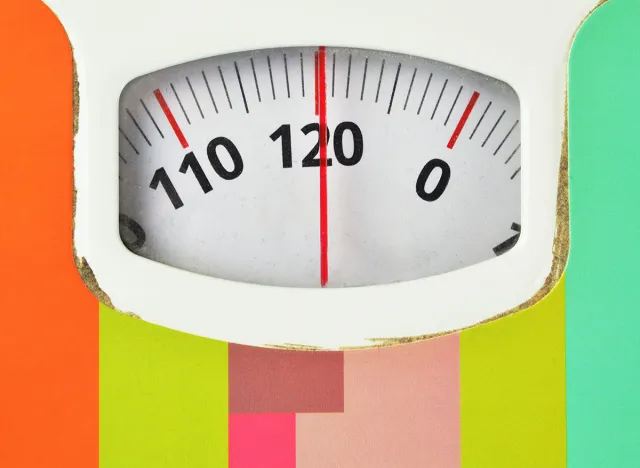
"The fourth thing I did was I averaged my weight," admitting it was previously a "foreign concept" to her. "I made a spreadsheet so that it would average my weights and so that I could always see a running seven-day average. It was just taking the previous seven days of weights, adding those up divided by seven, and then showing my seven-day average."
It Made It Easier to Stick with Her Plan in the Long Haul

"What I was able to do then was I was always kind of thinking about at least a week of weights and a week's worth of behavior, which helped me to broaden my timeline. And because I was doing it that way, I was able to see my patterns better. I wasn't just thinking about 'What did I do yesterday?' I was thinking, overall, how have I been behaving around food? Have I been just overeating a lot, or am I doing a good job overall? This helped to even the hills and valleys out, emotionally, but also what my weights were doing overall," she says. "It just made it easier to stick with the plan for the long haul."
She Allowed Herself to "Eat All the Foods"
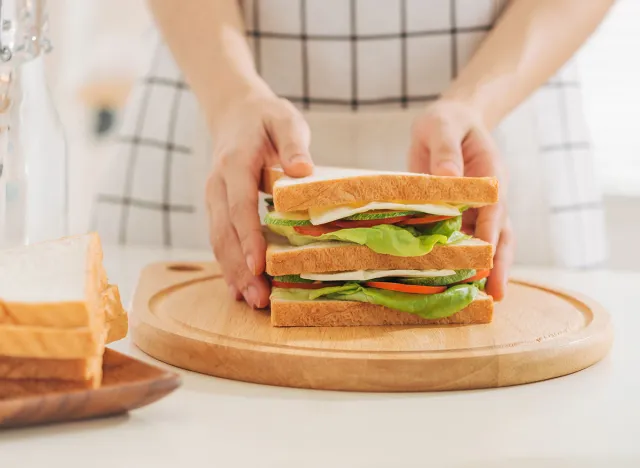
"The fifth thing I did, which is probably the most controversial thing, is that I allowed myself to eat all the foods," she reveals. "In the past, when I would go on a diet or try to lose weight, I would cut things out and cut out whole food groups," she said, using examples of bread, dessert, and sugar.
RELATED: 5 Training Mistakes That Kept This Fitness Expert From Burning Fat
This Made It Easier When She Entered the Maintenance Stage
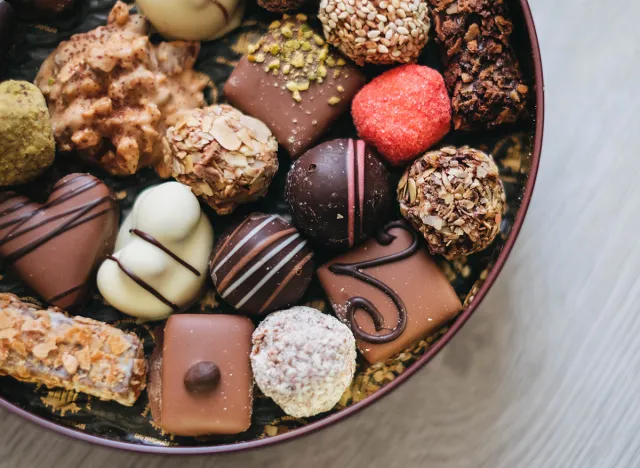
"I would do those things for the short term, but I can never get myself to stick with it in the long run. So, this time, I just did the opposite. I said, okay, I'm going to allow myself everything. I'm going to learn how to lose weight even when I am still eating cheesecake and chocolate, having wine, and eating bread. That was awesome because when I got to my goal weight and entered maintenance, it wasn't a big deal. It was like, okay, I've been eating this stuff the entire time. It's not like I've cut out cake, and now I get to have cake. What am I going to do with that? It was just like, no big deal. Like, I know how to lose weight while eating cake. So maintaining it while eating cake is no different," she says. And if you enjoyed this article, take advantage of these 15 Quick Ways to Lose Body Fat Percentage in a Week.
